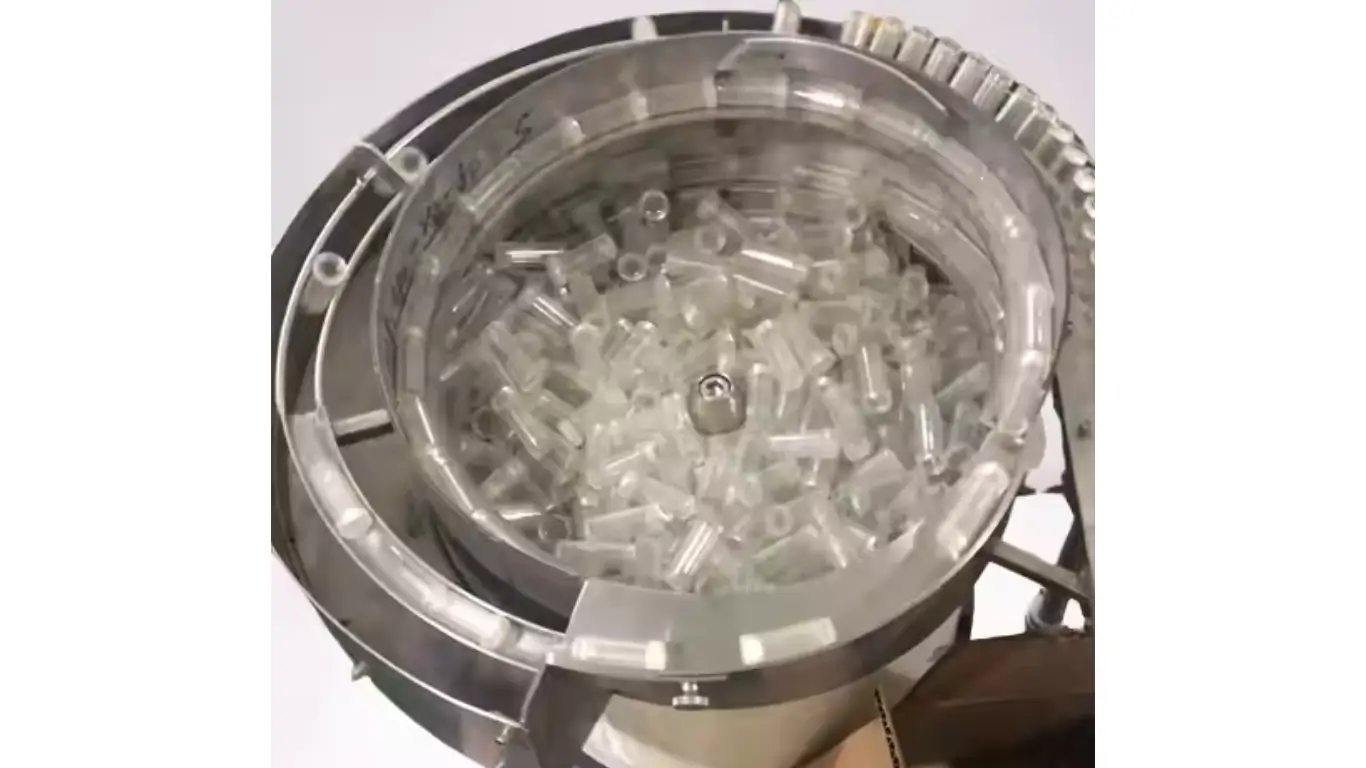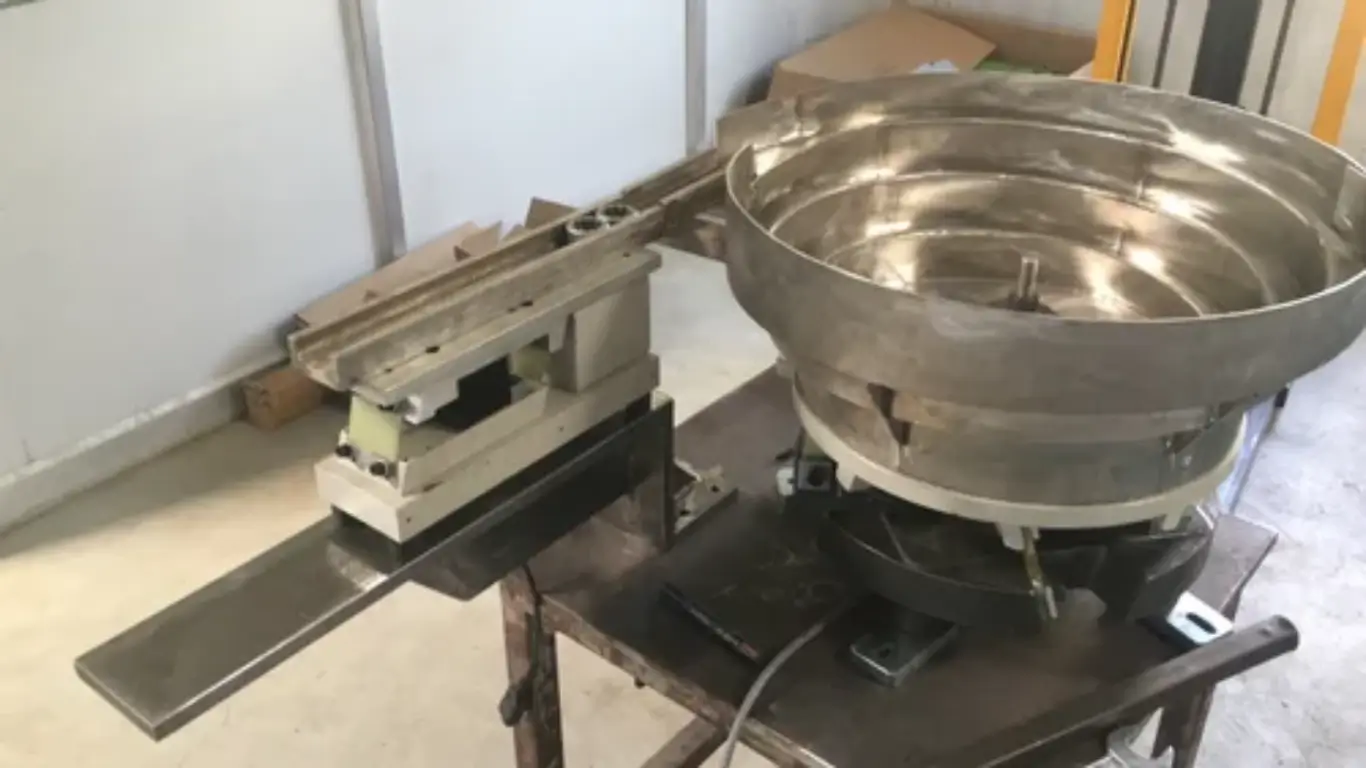In modern production lines, vibrating bowl feeder plays an important role in automating the feeding process. However, during operation, the machine may encounter some problems that affect performance and accuracy. If not handled promptly, these problems can disrupt production, increase maintenance costs and reduce productivity.
This article SWOER will guide you through identifying and Troubleshooting common problems of the vibrating bowl feeder, helping the equipment operate more stably and efficiently.
Common problems and solutions
Machine not working
Reason:
- Power failure or loose wiring.
- The controller or inverter is faulty.
- Sensor system error.
How to fix:
- Check power source and cables, make sure connections are secure.
- Check controller, inverter, replace if necessary.
- Check sensor, clean or replace if found faulty.

Weak vibration or insufficient feeding force
Reason:
- Input voltage is unstable.
- Worn spring or magnet, improper installation.
- Inappropriate vibration frequency setting.
How to fix:
- Ensure stable power supply, check inverter.
- Check, replace spring, magnet or readjust position.
- Adjust the vibration frequency to the appropriate level on the controller.

Components clogged in vibrating bowl
Reason:
- Feed line design is not optimal.
- The vibrating bowl contains too many components.
- Wrong angle installation of vibrating bowl.
How to fix:
- Check design and adjust feed line.
- Reduce the number of components in the vibrating bowl.
- Adjust the tilt angle of the vibrating bowl.
Components are misaligned or incorrectly fed
Reason:
- The vibrating bowl does not match the shape of the component.
- The path structure is not optimal.
- Uneven or unstable vibration.
How to fix:
- Adjust or change the vibrating bowl as appropriate.
- Improved paths and added navigation mechanism.
- Check the vibration motor and controller.
Unusual noise and vibration
Reason:
- Loose screws or stuck components.
- The vibrating bowl is misaligned or the spring is uneven.
- The machine is placed on an uneven surface.
How to fix:
- Check and tighten the screws.
- Check spring, replace if necessary.
- Place the machine on a flat, stable surface.

Machine overheats during operation
Reason:
- Continuous operation for long periods of time.
- Controller or inverter is faulty.
- Poor cooling system.
How to fix:
- Give the machine a regular rest.
- Check and replace controller if necessary.
- Improve cooling system, check heat dissipation slot.

Maintenance measures to help reduce incidents
Regular cleaning
- Clean dust and impurities on the vibrating bowl to ensure stable operation.
- Check and clean the vibrator, remove any obstructions that may affect machine performance.
Check electrical connection
- Make sure the cable and controller are securely connected to avoid flickering.
- Check and replace electrical components when there are signs of damage to avoid affecting the entire system.
Lubrication and maintenance of components
- Apply the proper lubricant to reduce wear and maintain operating performance.
- Check springs, magnets, and vibrators periodically and replace as needed to avoid reducing machine performance.
Monitor operational performance
- Record unusual signs and handle them promptly to avoid serious incidents.
- Schedule regular maintenance according to the manufacturer's instructions to maintain machine life.
Conclude
Job vibrating bowl feeder troubleshooting timely help ensure stable equipment operation, maintain productivity and prolong machine life. In addition, regular maintenance is the optimal solution to limit incidents from occurring. If you need specialized support or advice on automatic feeding solution, please contact us immediately SWOER for detailed advice!
Contact us
Please let us know your material size and required speed.
